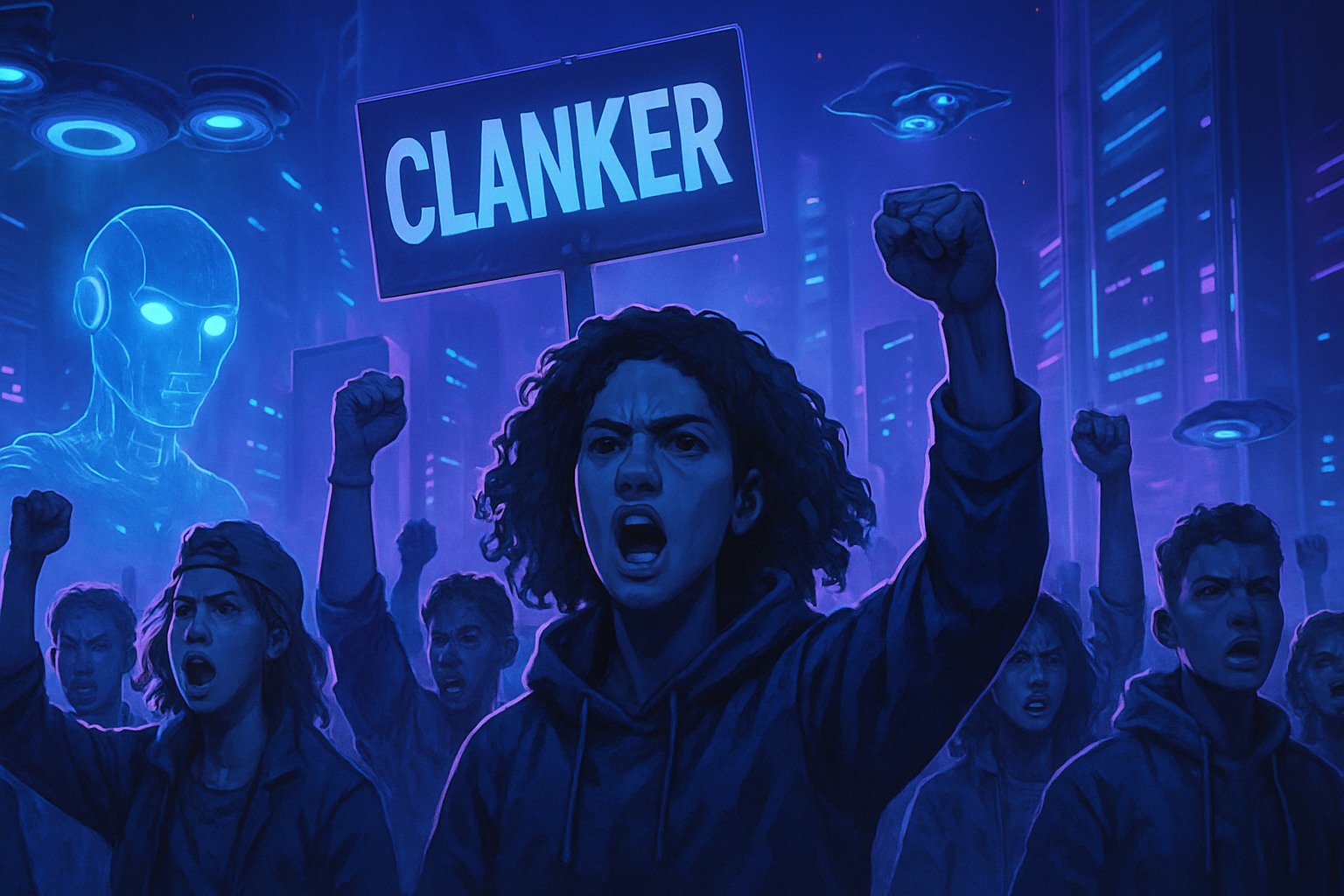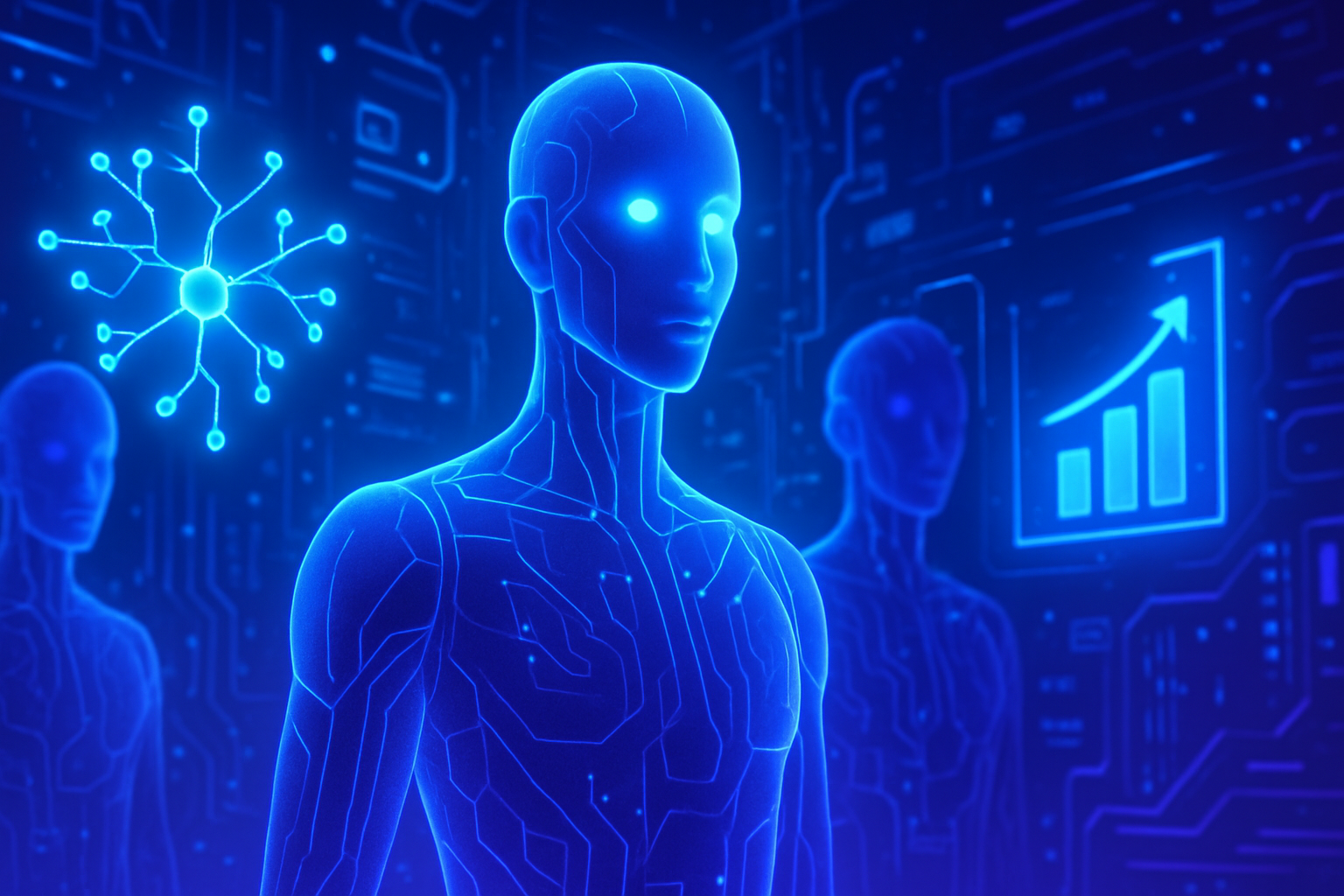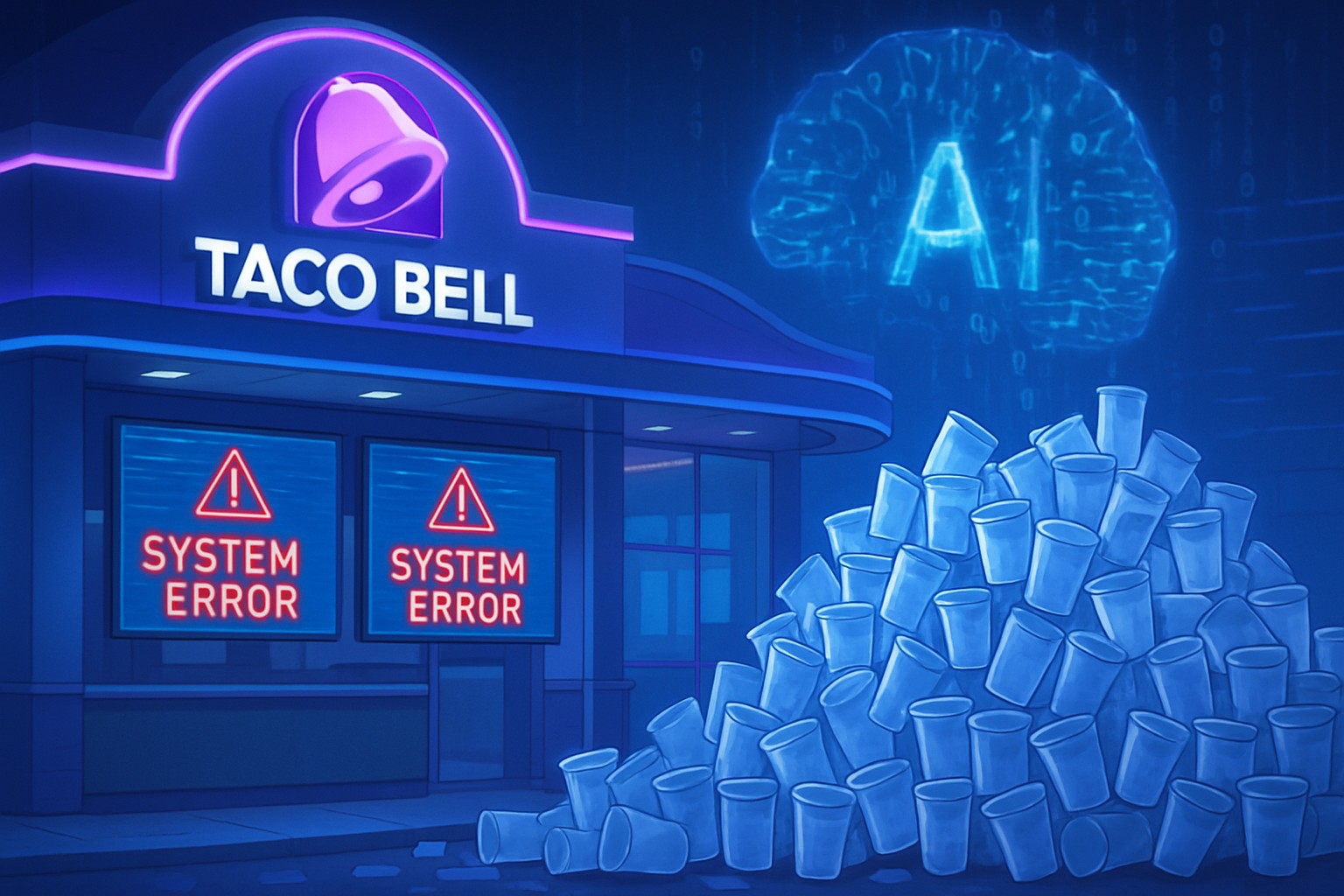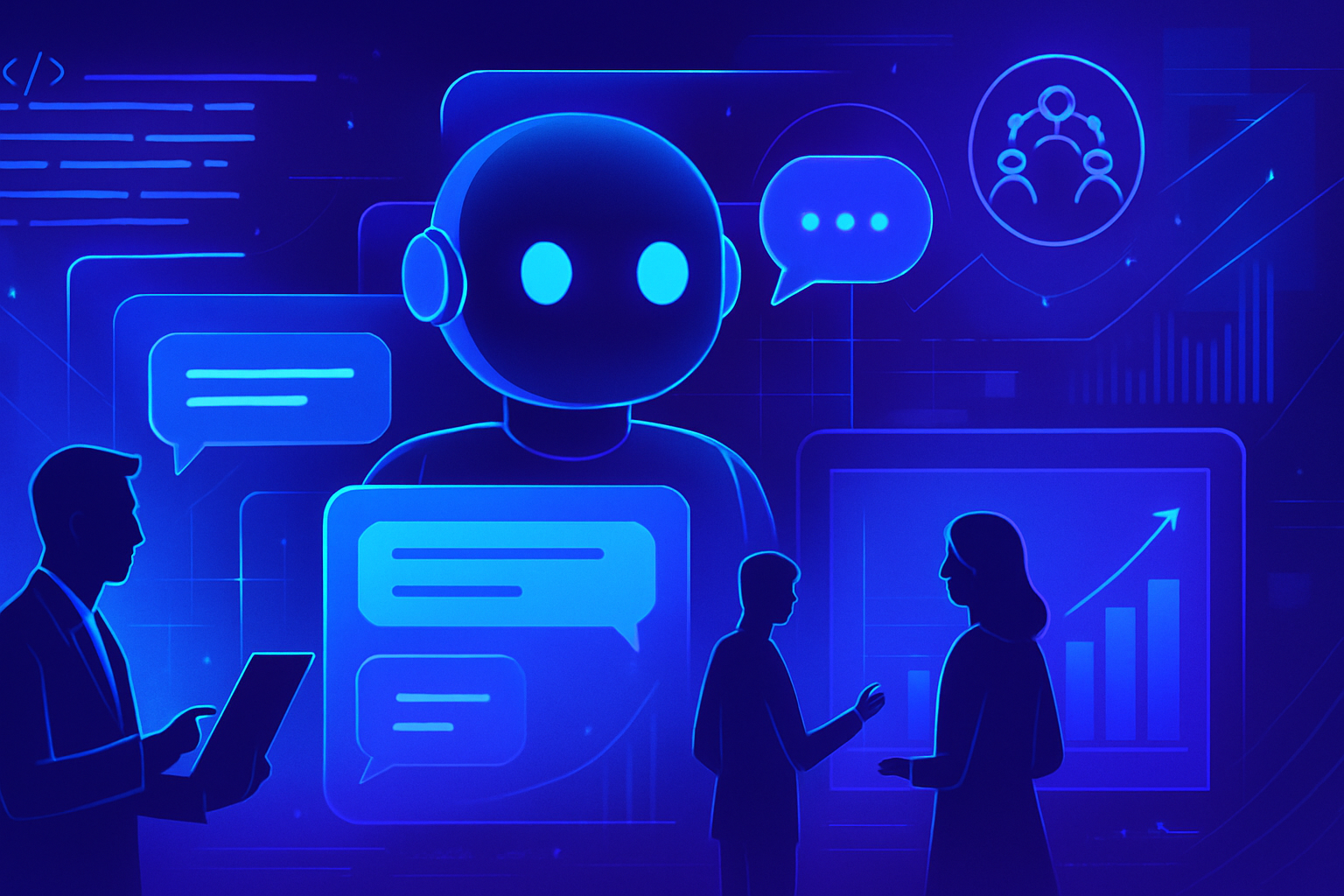The Genesis of Dust
Dust emerges as an emblematic French startup in artificial intelligence, designed to meet the needs of modern businesses. Co-founded in February 2023 by Stanislas Polu and Gabriel Hubert, both former Stanford students, Dust is dedicated to the implementation of intelligent assistants. The latter aim to accelerate the work of employees by fully integrating into the digital ecosystem of companies.
This entrepreneurial journey is part of a lineage of prior experiences. The co-founders had already collaborated on the launch of a company in the analytics sector on Instagram, revealing their skill in identifying promising niches. Analyzing opportunities around AI assistants represents a natural culmination of their automated reflections.
The Conviction at the Heart of the Strategy
Dust cultivates a deep conviction: to leverage the impressive capabilities of AI, the use of internal data is fundamental. This startup strives to create bridges between commonly used tools in businesses, such as Slack, Notion, and GitHub, to optimize their use.
By accessing the most performant AI models developed by major players like OpenAI or Google, Dust strategically positions itself in a rapidly evolving market. This choice encourages openness to a variety of tools, thus allowing companies to easily adapt to technological changes.
A Large-Scale Success
In December 2024, Dust managed to achieve an annual recurring revenue of 2 million euros, demonstrating a staggering success in a competitive sector. Prestigious clients such as Qonto and Malt illustrate the relevance of its offering in the current market. This success attracts the attention of investors, including Sequoia Capital, and allows the company to plan a significant expansion of its workforce.
An Experience at the Service of Innovation
Stanislas Polu’s career includes a significant stint at OpenAI, where he had the opportunity to explore the limits and potentials of language models. This experience enriched his understanding of generative AI, thereby providing a solid theoretical framework for the development of Dust. The company’s vision is based on leveraging existing technologies rather than creating a novel solution.
This dynamic has favored the integration of AI tools into professional daily life. The goal is to create solutions that rely on the available tools, while remaining accessible and easy to use for operational teams.
A User-Centered Approach
Dust prioritizes customization by allowing users to design their own intelligent agents, instead of offering a predefined solution. This approach encourages rapid and organic adoption within organizations. Users thus generate agents tailored to their needs, favoring the emergence of custom solutions.
This approach also promotes user learning and intuition regarding the operation of these technologies. Users become familiar with the capabilities of AI while experimenting with various configurations, which enriches their user experience.
A Positioning Against the Competition
Dust stands out for its flexibility in the face of offers from AI giants such as Microsoft and Google. The startup benefits from the agility inherent in young companies, allowing it to respond quickly to market needs. This dynamism fosters innovation, which is essential in a constantly evolving sector.
Stanislas Polu emphasizes the importance of maintaining a product that evolves with advances in models. Collaborations with research laboratories enable Dust to stay at the forefront of innovations while distancing itself from dependencies on a single provider.
The Impact of AI in the Professional Landscape
The debate surrounding AI remains vibrant, oscillating between productivity opportunities and fears of eradicating humans from routine tasks. The arguments in favor of adoption are driven by the idea that effective use of AI boosts engagement and job satisfaction. The digital transformation promised by these technologies resembles a revolution akin to that of computers decades ago.
Dust aims to prove that the introduction of AI will increase the added value of employees. By integrating these tools, employees can approach their tasks with a new perspective and renewed interest in their daily responsibilities.
Frequently Asked Questions
What is Dust’s main goal in the field of artificial intelligence?
The main objective of Dust is to enable employees to create intelligent assistants connected to the company’s infrastructure to accelerate their work.
What are the features of the assistants developed by Dust?
Dust’s assistants are tailored for various use cases, allowing users to leverage their company’s internal data and interact easily with the tools they use daily.
How does Dust differentiate itself from other AI companies?
Dust stands out for its ability to provide privileged access to the most advanced AI models while integrating user-specific data to optimize productivity.
Who are the founders of Dust and what is their background?
Dust was co-founded by Stanislas Polu and Gabriel Hubert, both Stanford graduates. Stanislas has experience at OpenAI and Stripe, while Gabriel also has an entrepreneurial background in the tech sector.
How did Dust achieve recurring revenues so quickly?
The startup quickly reached 2 million euros in annual recurring revenue thanks to its innovation-focused strategy, effective fundraising, and contracts with prestigious clients such as Qonto and Paylib.
What types of data can users integrate into their Dust assistants?
Users can integrate data from various tools like Slack, Notion, and GitHub, enabling assistants to provide contextualized and relevant responses.
How does Dust ensure the security of its clients’ data?
Dust implements robust security measures and ensures compliance with data protection standards, thereby guaranteeing the confidentiality of the information used by their intelligent assistants.
How can users customize their assistants on Dust?
Users can create and customize their own agents by defining specific instructions and providing them with tools tailored to their specific needs, thereby promoting experimentation.
What advantages does Dust offer compared to traditional AI solutions?
Dust focuses on accessibility and customization, allowing users to freely build their own AI tools without requiring advanced technical skills, unlike many traditional solutions.
How does Dust envision the future and technological developments?
Dust plans to continue innovating by adapting to the latest advances in AI while exploring new niches in the market to ensure it remains at the forefront of technology and business needs.






